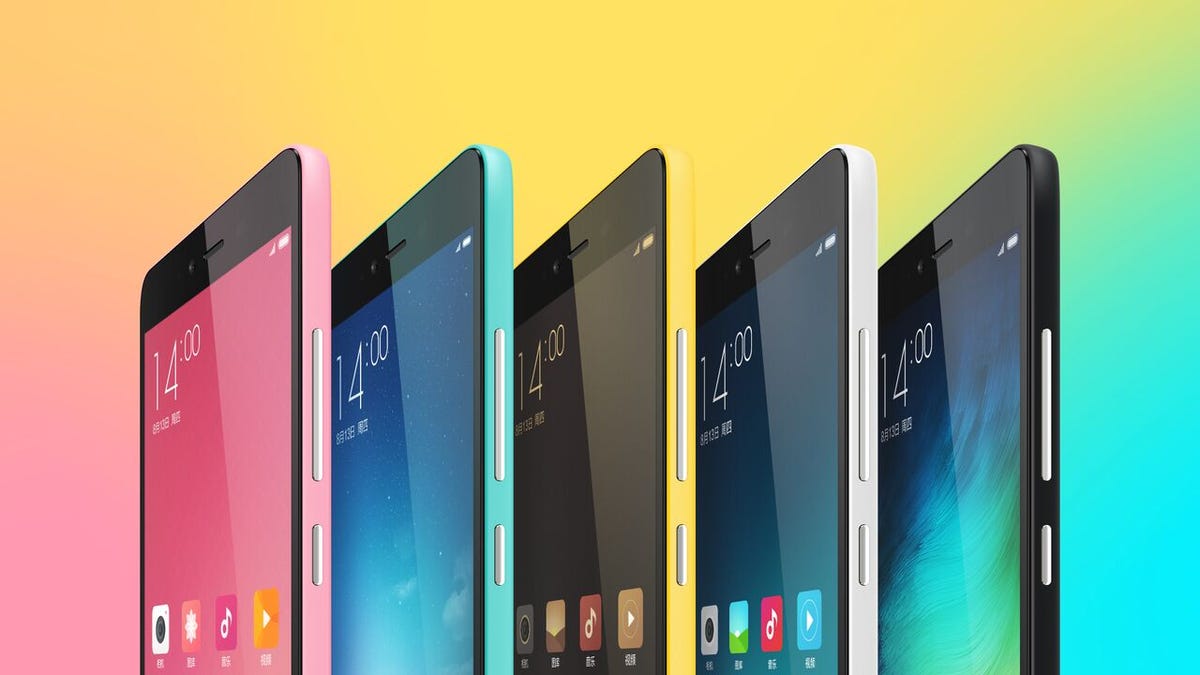Xiaomi expands reach in Asia with cheap Redmi Note 2 phablet
The $150 5.5-inch phablet that first made its appearance in China in August will now be sold throughout the rest of Asia.

Xiaomi needs all the help it can get to hit its lofty target of selling 80 million smartphones in 2015, and the $150 5.5-inch Redmi Note 2 phablet could provide the boost the company needs as it launches throughout Asia.
The smartphone, initially released in China back in August, isn't the most powerful of devices in Xiaomi's stable, but its low price and relatively strong specifications should entice customers looking for a phone that works well and doesn't make too big a dent in the wallet. It will be available in Taiwan, Hong Kong, Malaysia and Singapore on November 11. US, UK and Australian availability is yet to be announced but the dollar price converts to around £100 or AU$210.
The Redmi Note 2 is the sequel to Xiaomi's first budget phablet, the Redmi Note, and packs a 5.5-inch 1,920x1,080-pixel full-HD display, 2GB of RAM, 16GB of onboard storage, a 13-megapixel rear camera and a front 5-megapixel shooter. The specs appear to uphold Xiaomi's reputation for delivering products with strong value for money.
The phone is powered by MediaTek's 64-bit Helio X10 octa-core processor and has microSD card slots and 4G LTE connectivity. Good news for those who prefer removable batteries: The Redmi Note 2's 3,060mAh can be swapped out for a fresh one should you run out of power during your day.
Valued at $45 billion, Xiaomi is currently the world's fifth largest smartphone maker. The Chinese electronics giant has been going from strength to strength, though it appears that the company may be experiencing some slowdown this year, having reportedly lost its number one position in China to Huawei.
But the company is ambitious, and has set itself an 80 million sales target for the year, down from the original 100 million figure, though it may struggle to hit that, having cleared around 35 million handsets as of July. While there may be some hope in Singles Day on November 11, which is China's equivalent of Black Friday, and an opening of the African market, Xiaomi will need a lot of help to hit its target.
That said, the company isn't putting all its eggs in one basket. It's diversifying its product range into other consumer products such as action cameras and even a personal transporter that may pick up the slack if the smartphone market slows.

